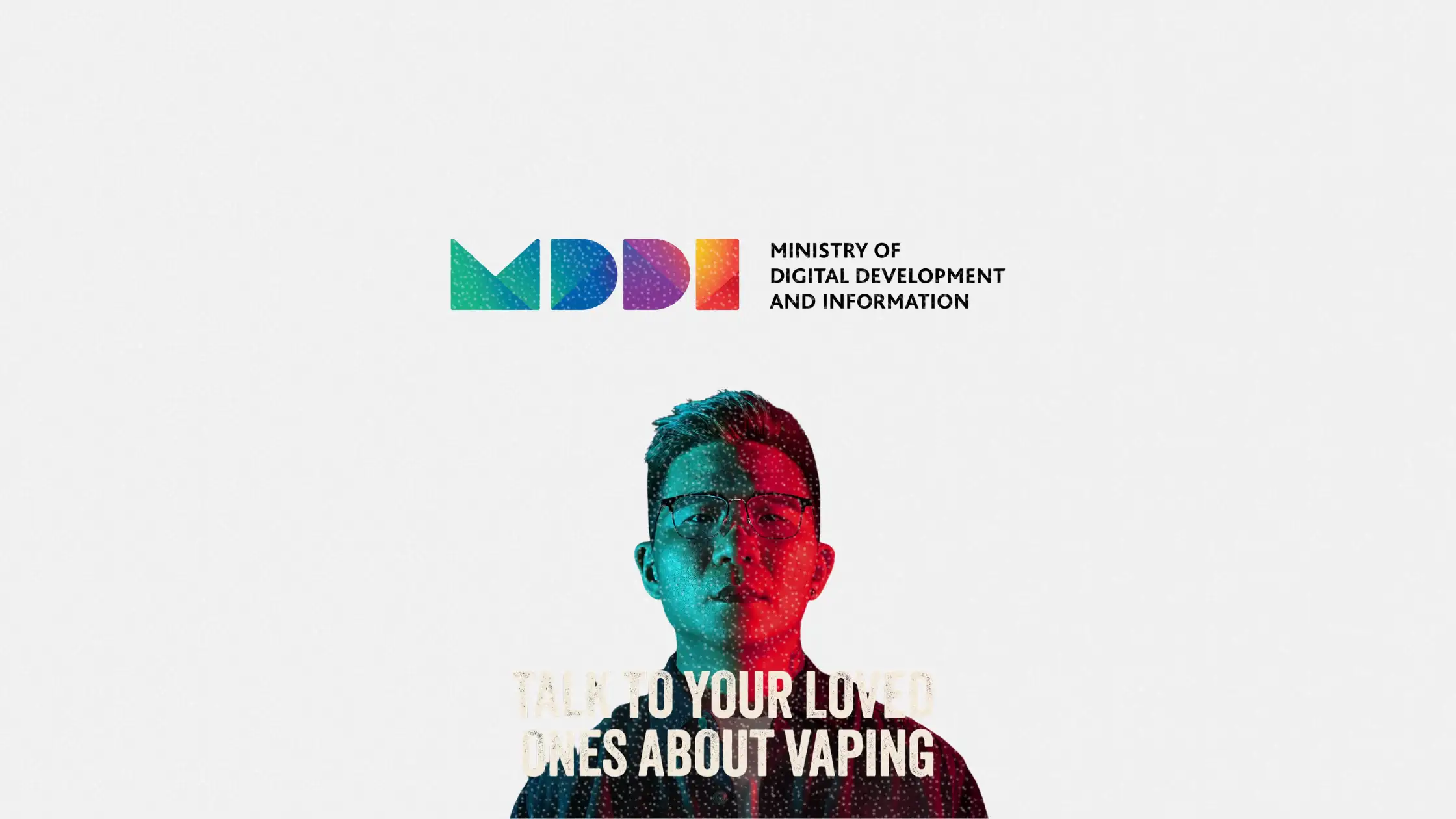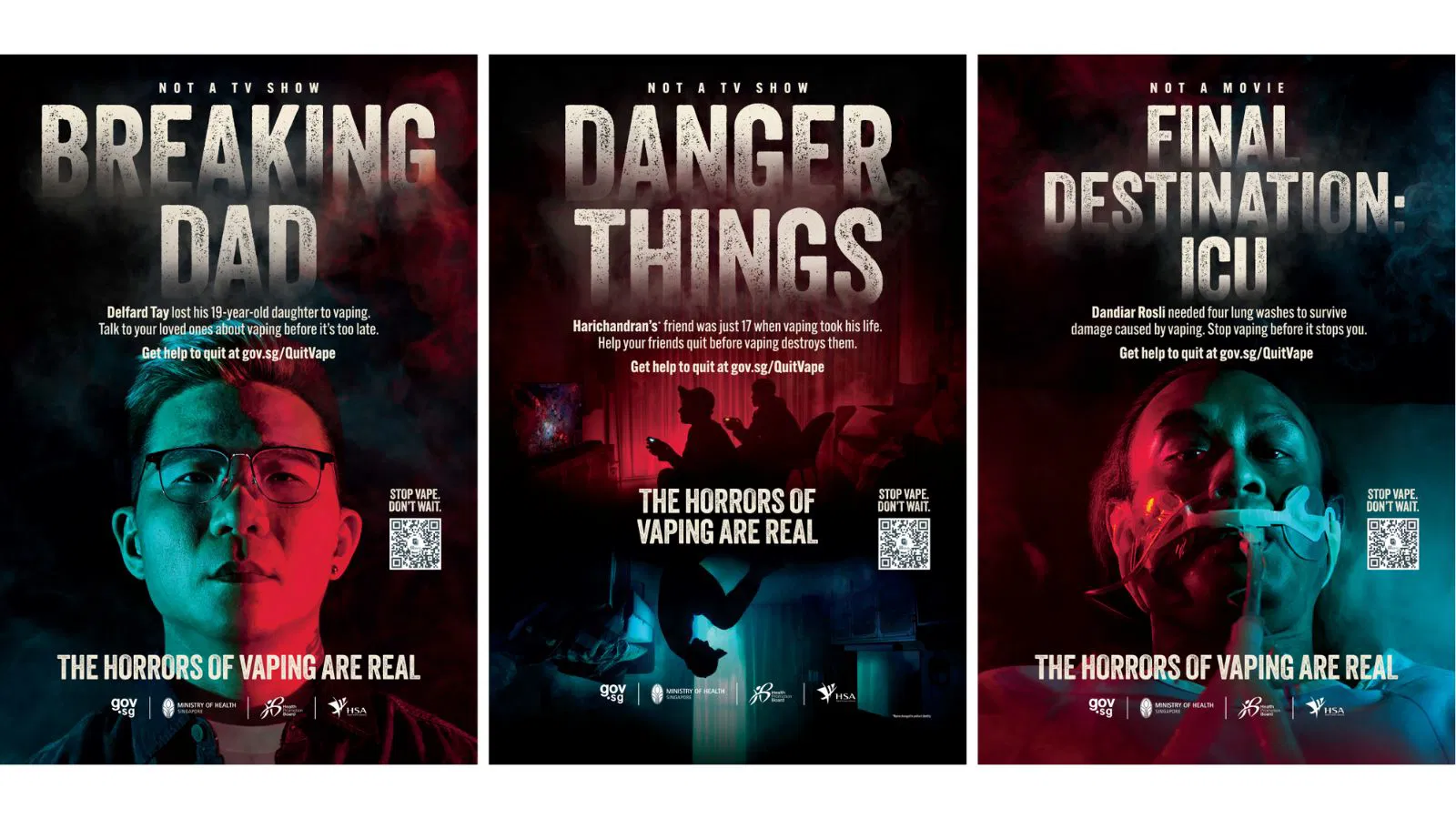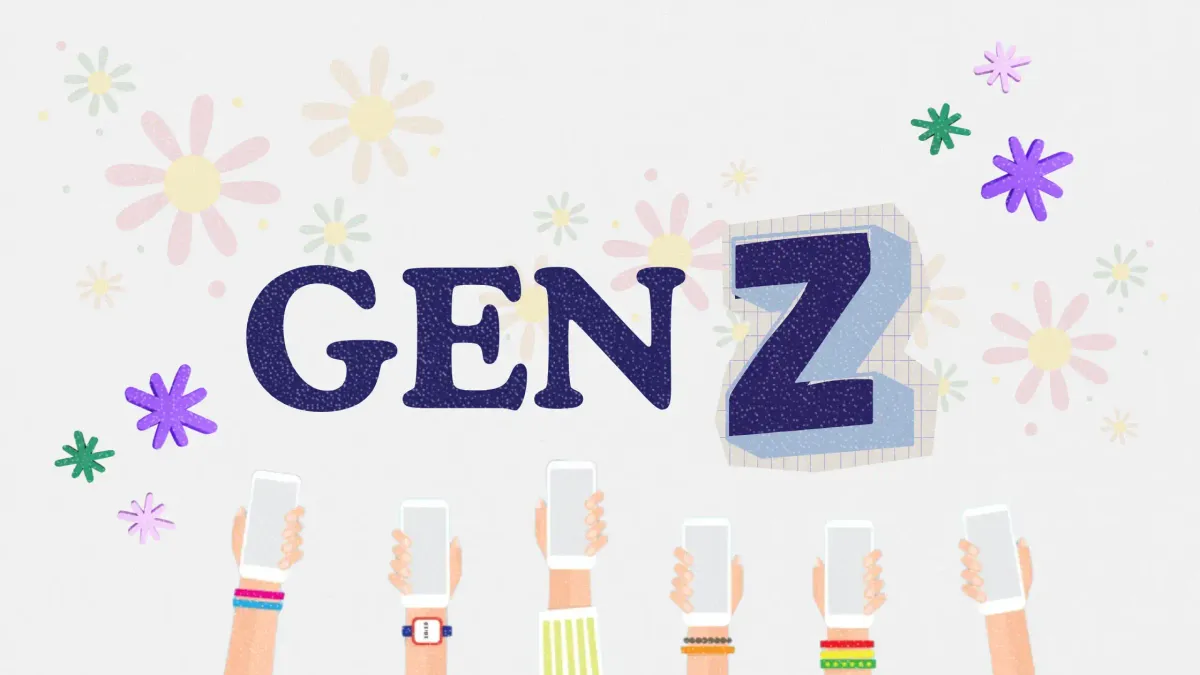Singapore’s anti-vape campaign ditches scare tactics for sobering truths
A new campaign from MDDI and TBWA\Singapore leans on true stories and cinematic misdirection to expose vaping’s harsh consequences

Singapore’s Ministry of Digital Development and Information (MDDI) is taking a new and more emotionally raw approach to public health messaging.
Teaming up with TBWA\Singapore and several government agencies, including the Ministry of Health (MOH), Health Promotion Board (HPB), and Health Sciences Authority (HSA), MDDI launched a national campaign that puts real victims at the center of the story. Titled The horrors of vaping are real, the campaign breaks away from earlier youth-oriented narratives and leans into cinematic drama to deliver a visceral, human message.

This article explores how the campaign rethinks visual storytelling, why it matters for health marketers, and what brands can learn from its authenticity-first approach.
Short on time?
Here’s a table of contents for quick access:
- What happened: A campaign built on real tragedies
- A shift in storytelling: From satire to sincerity
- What marketers should know: Lessons in public trust and emotional resonance

A campaign built on real tragedies
The campaign’s anchor film uses real testimonials to confront the impact of vaping in Singapore, specifically drug-laced vapes that have landed users in intensive care or worse.
It features Singaporeans directly affected by vaping:
- Delfard Tay, who lost his 19-year-old daughter
- Dandiar Rosli, who underwent four lung washes after vaping
- A teenager named Harichandran, who lost a close friend at age 17
Instead of actors or dramatizations, the film focuses on personal recounts delivered in a cinematic format. Styled like movie trailers, the campaign uses parody titles like Breaking Dad, Danger Things, and Final Destination: ICU to catch attention before cutting to stark reality. The result is a sharp shift from fiction to fact.
The campaign will run until January 2026 across free-to-air TV and Gov.sg’s digital channels.
A shift in storytelling: From satire to sincerity
TBWA\Singapore and MDDI made a deliberate choice to avoid graphic visuals or sensationalist scare tactics. The creative approach leans into tension and misdirection, starting off as what looks like entertainment and pivoting into painful real-world consequences.
“The real horror isn’t on screen, but in our lives if we ignore the risks of vaping,” said Yuanheng Gao, Creative Director at TBWA\Singapore.
By pivoting from hyperbole to heartbreak, the campaign taps into authenticity. This has become a key driver in effective behavior change campaigns. It also positions the state’s anti-vape messaging as more empathetic and less paternalistic. That distinction matters when speaking to young or skeptical audiences.
What marketers should know
This campaign offers several strategic cues for brand and public sector marketers alike:
1. Authenticity over dramatization builds credibility
In an era of deepfakes and exaggerated media, real stories hit harder. By centering lived experiences, the campaign avoids the trap of sensationalism and fosters emotional trust. This is a valuable currency for health communication.
2. Use genre cues to grab attention, then subvert them
Borrowing from pop culture titles and suspenseful trailers, the campaign initially plays like an entertainment ad. That misdirection is intentional. It disarms the viewer before delivering the emotional punch. It’s a tactic marketers can adapt for awareness-driven campaigns in other verticals.
3. Support systems matter. Build beyond the message
Recognizing the role of community, MDDI collaborated with other agencies to create tools and support networks for friends and families helping someone quit. For marketers, this is a reminder that your campaign should not end at the ad. Build ecosystems, not just messages.
With The horrors of vaping are real, Singapore’s public health sector is not just warning young people. It is inviting them to listen. By moving past generic scare tactics and embracing cinematic storytelling rooted in lived experience, the campaign may mark a turning point in how the country addresses rising vape use.
For marketers, this is a masterclass in how tone, format, and emotional truth can work together to create campaigns that not only land but stay with the audience.




